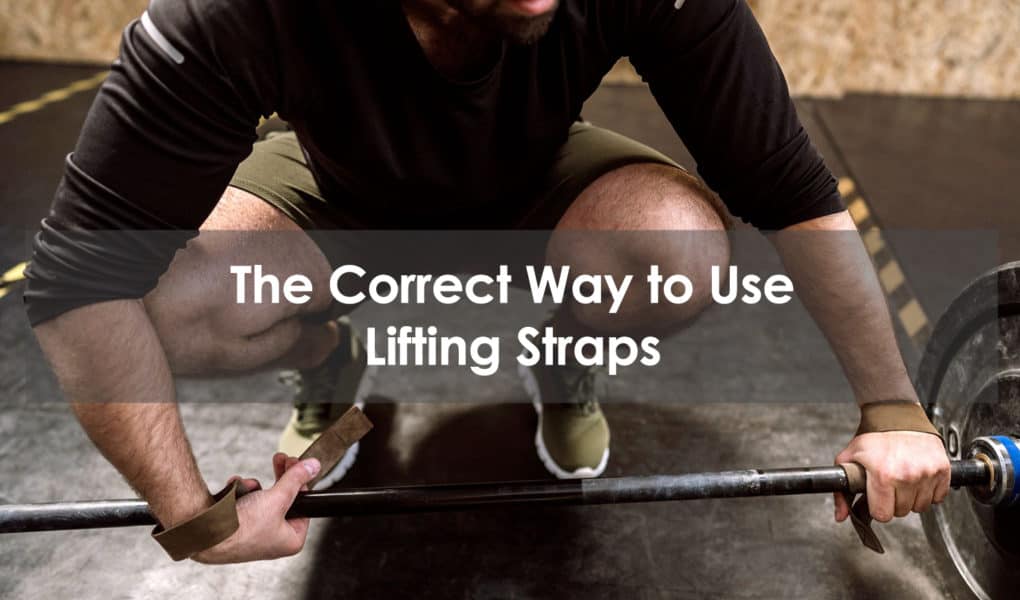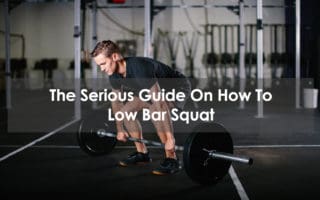Weight lifting straps are an essential tool for anyone involved in regular heavy weight training and deadlifting. The benefits of the best weight lifting straps are that they will provide much-needed support and strength to your wrists and this allows you to take the focus off your forearms and wrists, and onto the target muscle group. But how do you use them properly? Let’s find out.
When Should You Use a Lifting Strap?
Lifting straps are often used for weight and deadlift training. While performing these exercises, it is extremely important to use the right form to avoid causing any injury and it is also important to maintain a good grip.
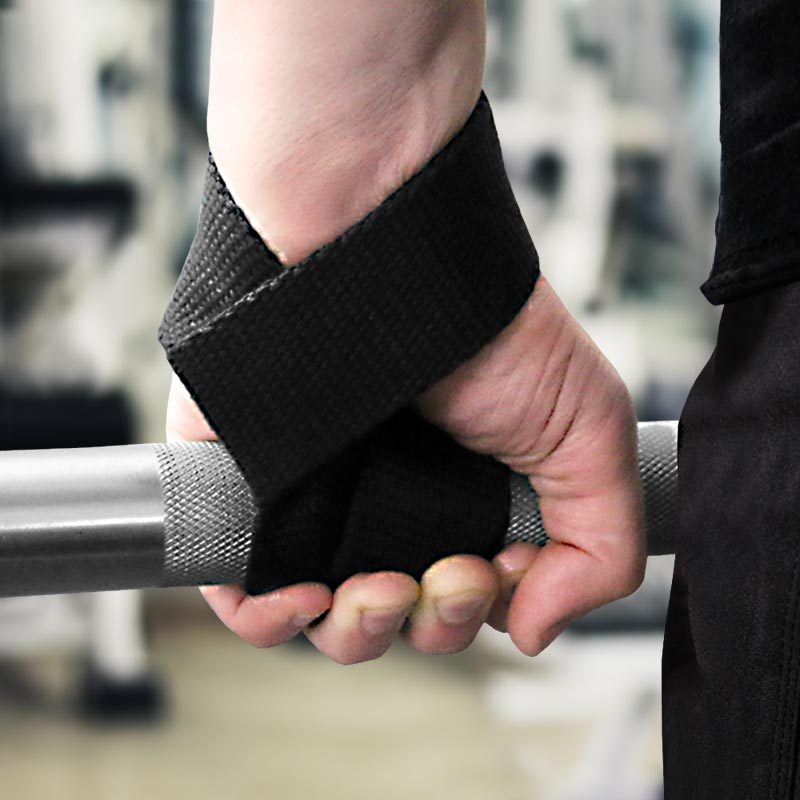
Weight lifting straps are used to help you lift weight and grip it in your hands. One end of the strap will loop around your wrists while the other end will be around the dumbbell or barbell that you are using. Looping the straps will be attaching the weight to your hands and wrists. By doing this, you will ultimately improve your grip strength and you won’t have to risk the weight sliding from your hands.
Weight lifting straps should only be used when you need them. If you are trying to lift more weight and are having trouble doing so, then the lifting straps will be beneficial. Lifting straps should be used when you feel like you are losing your grip during your strength training exercises.
If you have less than two years of experience with lifting then weightlifting straps should not be used. If you are a beginner, then it is recommended that you focus more on how to strengthen your grip before you start utilizing lifting straps.
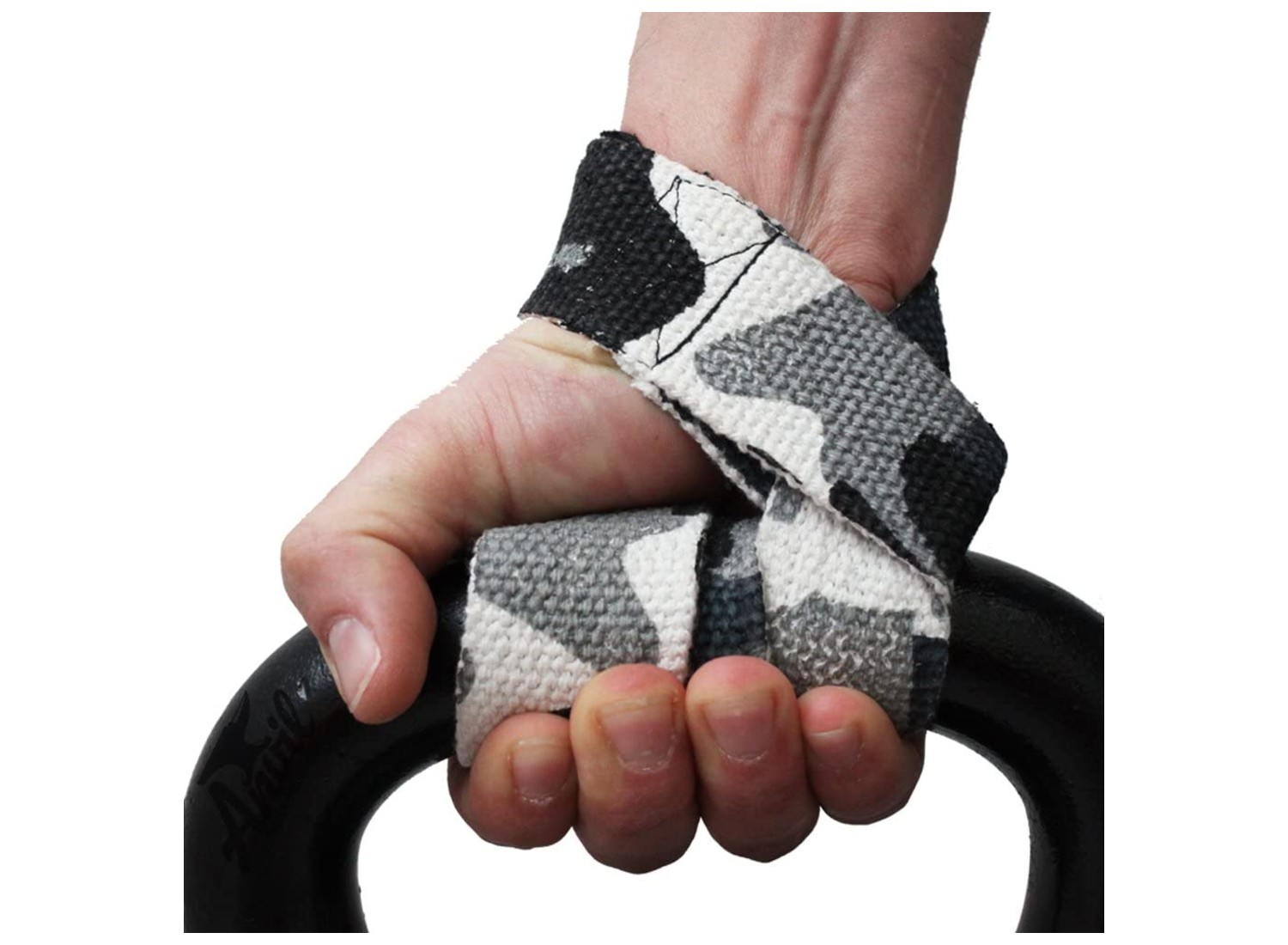
Lifting straps should also not be used because your hands have begun to hurt due to deadlifting. Any time you start a new workout, your muscles will be sore.
The same concept applies to lifting and deadlifting. Your muscles will get used to the new strain and motion which means that hurting hands do not mean you should immediately begin using lifting straps during your workout.
Common Materials Used for Lifting Straps
Many materials are used to make the best weightlifting straps. The three most common materials for lifting straps are heavy-duty cotton, leather, and nylon straps.
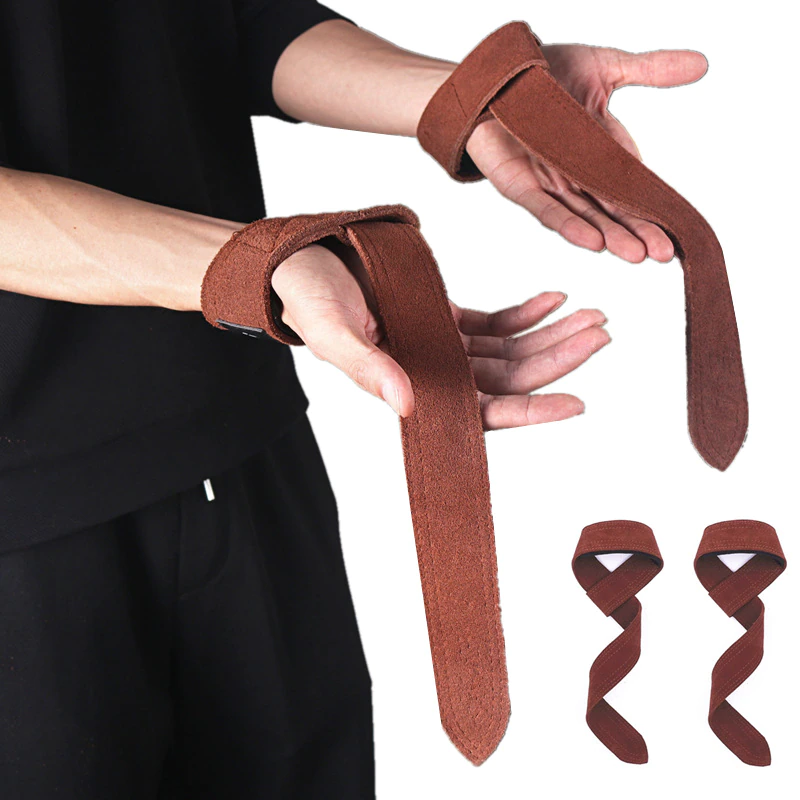
The leather straps are a bit more expensive than the nylon weightlifting straps but they are also found to be the most durable lifting straps. Leather straps are also comfortable to use and can even provide a stronger grip.
Nylon straps are the more affordable option but will definitely not last as long as leather lifting straps.
Are Lifting Straps the Same as Wrist Straps?
Wrist straps, also known as wrist wraps and lifting straps are easy to confuse. They may look similar but they serve different purposes. Wrists wraps are thicker than lifting straps. They are designed primarily to add support to the wrists during lifting. They are most beneficial during heavy pressing exercises like the overhead shoulder press and the barbell bench press.
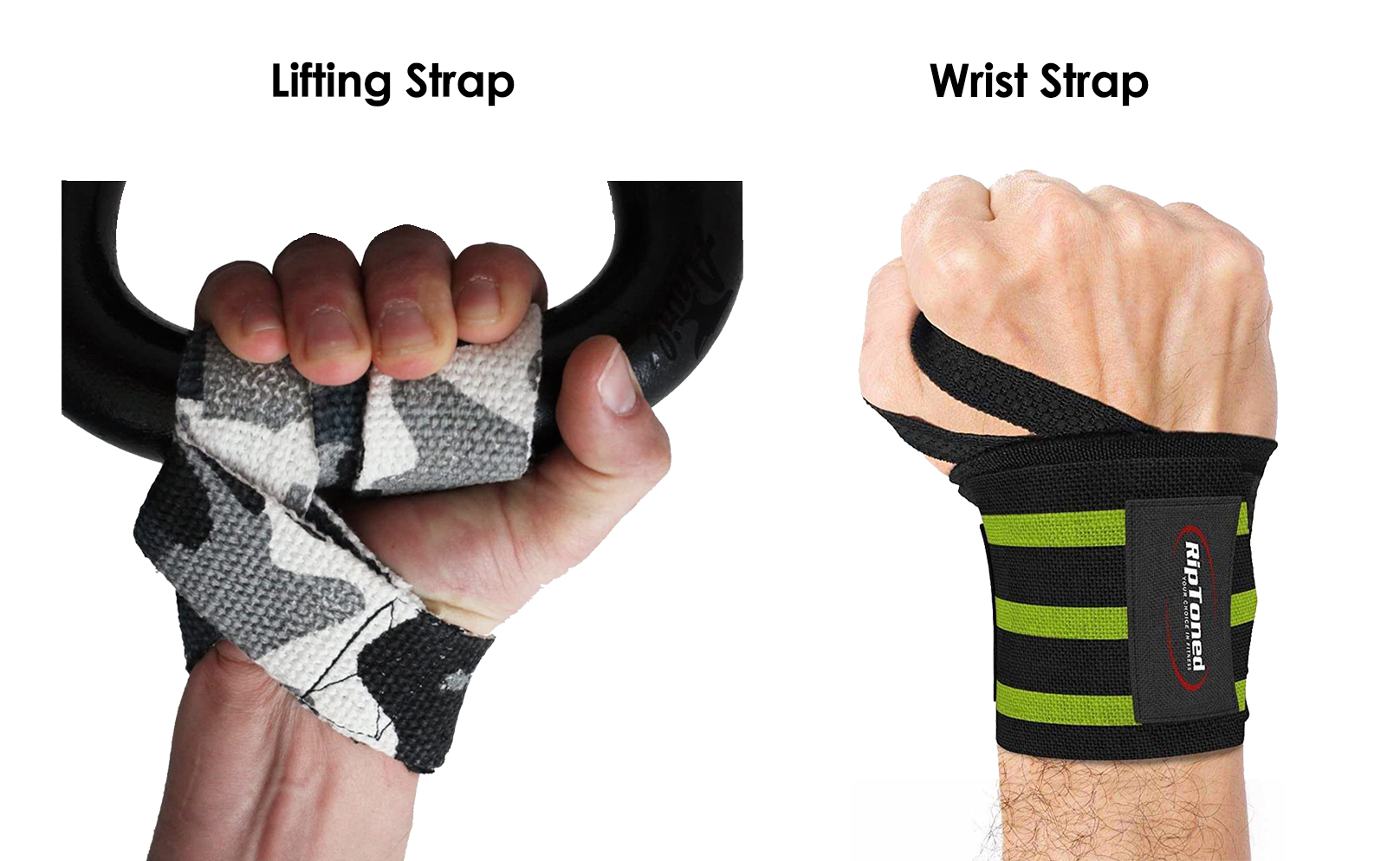
Straps do not include straps that you can wrap around the bar.
Lifting straps, on the other hand, are designed to strengthen your hold on the bar. They will take the pressure off your forearms and wrists to allow you to work the target muscle group without your weak grip becoming a weak link.
Correct Lifting Strap Use
- Your lifting straps will be sold as pairs. Each strap will have a loop on one end. Prepare to wear the straps by looping the other end through the loop.
- Now slip one of the straps over your hand and onto your wrist.
- Pull the left-hand strap tight and position it so that the loop is by your thumb. Do the same with the other hand.
- Now place the right hand strap on the bar and wrap the strap around it tightly several times.
- Now grip the bar securely. Be sure to cinch the end of the strap so that you wrap tight as possible.
- Repeat with the other hand.
It can be tricky to secure the second strap when the other hand is already attached to the bar. With practice, you will get the hang of this but at the start, it might pay to have your training partner help you to get it tight.
Final Thoughts
Lifting straps are an important lifting tool for heavy lifters to improve strength gains. Like any tool, however, they can be overused. Don’t rely on them too much or you will end up with underdeveloped and weak wrists and forearms. This will prevent you from maximally stimulating your target muscles and make you give up your sets too early as a result of a lack of grip strength and finger strength.
Only use straps on your heaviest sets. Be sure to securely wrap and cinch them, keeping them as tight as possible. Using straps properly will allow you to get out those last couple of vital reps that can make all the difference when it comes to adding lean muscle mass to your physique.
Frequently Asked Questions
What are some exercises in which you can use lifting straps?
Lifting straps are most commonly used when doing vertical pulling exercises and heavy compound movements. Examples are heavy deadlifts, rack pulls, bent-over barbell rows, lat pulldown, the Romanian deadlift, dumbbell rows, shrugs, and weighted pull-ups.
What is the best lifting strap on the market?
There are a number of excellent lifting straps on the market. My personal favorite is the Rogue Fitness White Series of straps. The Rogue wrist wrap white series is 30% stiffer than most other wraps on the market. This provides 30% more strength directly to your wrists. That can make all the difference when it comes to getting through your workout. Its power comes from a blend of elastic, cotton, and polyester. This makes them not only very strong but also proving an extremely comfortable hold on the barbell during reps.
The Rogue white series features a thumb grip that allows you to fasten the strap in position securely. Once you got it on, you can release the thumb grip to give you freedom of movement.
